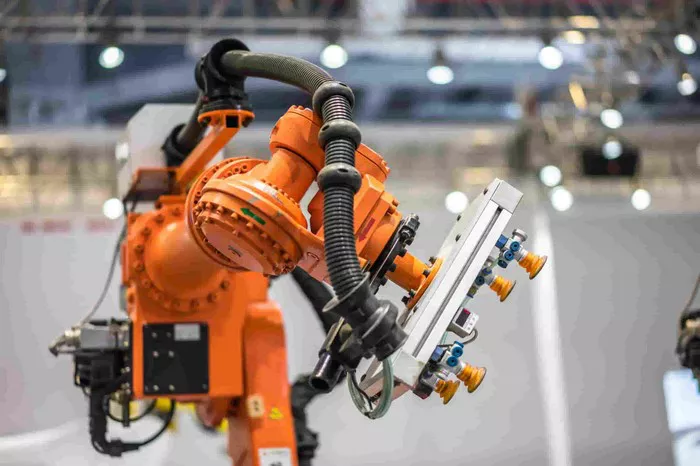A new study from the University of Georgia reveals that virtual reality (VR) environments can effectively train workers who operate alongside robots, reducing errors and improving safety in industries such as recycling.
The research, led by Beiwen Li, associate professor at UGA’s College of Engineering, focuses on tasks that involve robotic assistance in disassembling electronics for material recovery or proper disposal. Disassembly work, though vital, can be hazardous and complex, requiring specialized training that is often time-consuming and difficult to absorb through traditional manuals.
“There are a lot of tasks. It requires complicated training for workers, typically,” Li said. “A VR system can significantly shorten training time. It’s much easier than having pages and pages of written documents to be read by the user.”
Practicing Real Tasks in a Virtual World
In the VR simulation, workers are guided through the steps of disassembling a hard disk drive using a robotic assistant. The program monitors task duration, flags errors, and provides immediate feedback—helping users improve their skills in real time.
One of the system’s key features is upper-body motion tracking, which helps the robot understand the user’s movements. This data is used to plan safe, efficient robotic motions while preventing collisions or potential injuries. The system also offers warnings about unsafe actions, enhancing on-the-job safety awareness before entering real-world scenarios.
Solving Labor and Safety Challenges
The recycling industry faces dual challenges: a shortage of skilled labor and the need for safer training methods. According to Li, VR-based training offers a scalable and efficient solution, allowing employees to gain hands-on experience without the risk of injury or material damage.
“Using robotics for disassembly can help reduce the labor shortage in the recycling industry,” Li said. “VR environments can also speed up and simplify training for a wide range of tasks.”
Broader Impact Across Industries
This innovation aligns with a larger trend across the southeastern United States, where virtual reality is increasingly used to prepare workers in sectors such as electric vehicle and battery manufacturing. Government and industry partnerships are funding VR training programs through grants and state initiatives, especially in technical colleges, to equip the regional workforce with in-demand skills.
As automation and robotics become more prevalent in industrial settings, immersive VR training may prove essential in bridging the gap between new technology and human workers.
Related topics:

